EDITORIAL
Published on 11 Mar 2021
Editorial: New Advances in Genetic Studies to Understand Yeast Adaptation to Extreme and Fermentative Environments
doi 10.3389/fgene.2021.663641
- 1,222 views
- 1 citation
17k
Total downloads
81k
Total views and downloads
You will be redirected to our submission process.
EDITORIAL
Published on 11 Mar 2021
ORIGINAL RESEARCH
Published on 31 Aug 2020
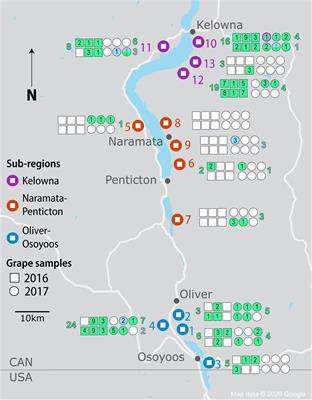
MINI REVIEW
Published on 27 Aug 2020
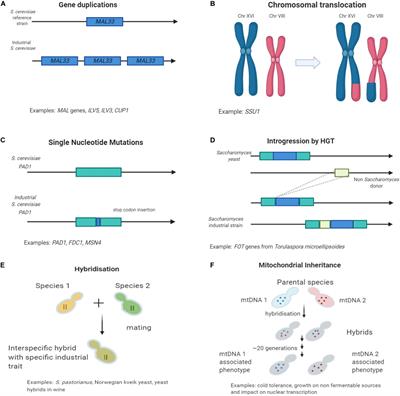
ORIGINAL RESEARCH
Published on 29 Jun 2020
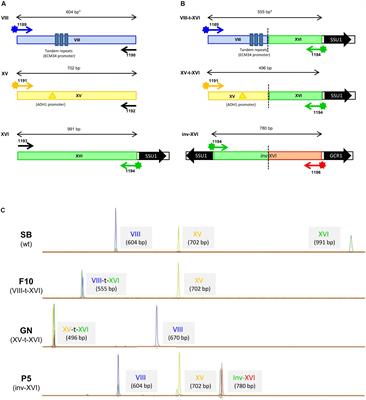
REVIEW
Published on 10 Jun 2020
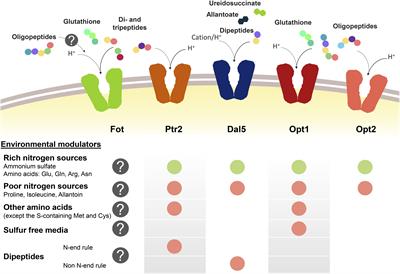
ORIGINAL RESEARCH
Published on 03 Jun 2020
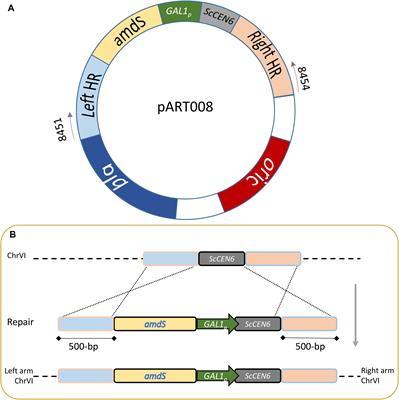
ORIGINAL RESEARCH
Published on 25 May 2020
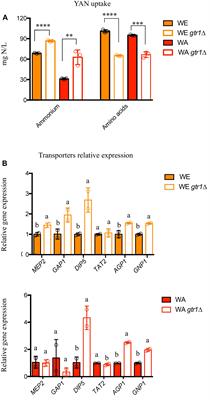
ORIGINAL RESEARCH
Published on 30 Apr 2020

MINI REVIEW
Published on 28 Apr 2020

ORIGINAL RESEARCH
Published on 23 Apr 2020
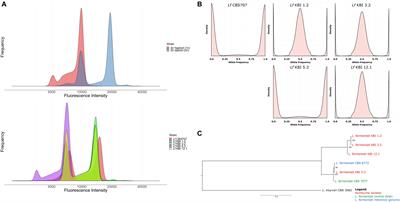
ORIGINAL RESEARCH
Published on 03 Apr 2020

HYPOTHESIS AND THEORY
Published on 31 Jan 2020

Frontiers in Microbiology
Evolutionary and Genomic MicrobiologyOffline